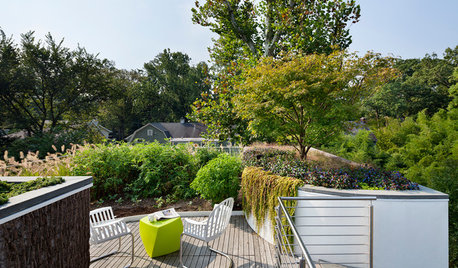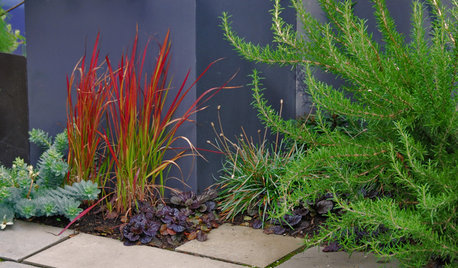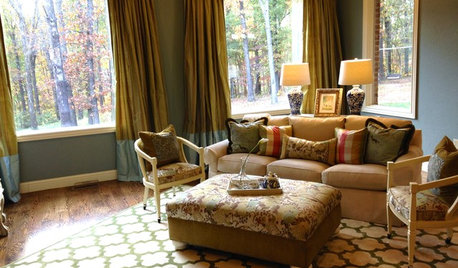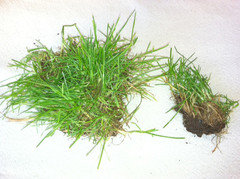Light green grass problem - Help!
yankee_in_va
15 years ago
Featured Answer
Comments (36)
iforgotitsonevermind
15 years agoyankee_in_va
15 years agoRelated Professionals
Simpsonville Landscape Architects & Landscape Designers · Brentwood Landscape Contractors · Ashburn Landscape Contractors · Azalea Park Landscape Contractors · Forest Hills Landscape Contractors · Fort Payne Landscape Contractors · Gainesville Landscape Contractors · New Cassel Landscape Contractors · Newberg Landscape Contractors · Ocoee Landscape Contractors · Shoreview Landscape Contractors · Sugar Hill Landscape Contractors · Wallingford Landscape Contractors · West Haverstraw Landscape Contractors · Yukon Landscape Contractorsgarycinchicago
15 years agojimtnc
15 years agoiforgotitsonevermind
15 years agoauteck
15 years agoyankee_in_va
15 years agoeriocaulon
15 years agodandez71_comcast_net
14 years agomooch91
14 years agogarycinchicago
14 years agoyankee_in_va
14 years agoeriocaulon
14 years agodarrellt-loz
14 years agoauteck
14 years agomichiganmark
13 years agojtmiller
13 years agonearandwest
13 years agotiemco
13 years agonearandwest
13 years agojtmiller
13 years agotiemco
13 years agoWill-D
11 years agoyankee_in_va
11 years agogormunro
11 years agotiemco
11 years agoauteck
11 years agoSeedsmanV
10 years agogeword
8 years agomorpheuspa (6B/7A, E. PA)
8 years agomichiganmark
8 years agogeword
8 years agoWill Ellis
6 years agolast modified: 6 years agomichiganmark
6 years agoWill Ellis
5 years ago
Related Stories

DECORATING GUIDESGo for the Green: Artificial Grass Surprises, Inside and Out
Synthetic turf springs up on patios, living rooms, furniture and walls. Basement golf, anyone?
Full Story
GREEN DECORATING8 Questions to Help You See Through Green Hype
With the ecofriendly bandwagon picking up some dubious passengers, here's how to tell truly green products and services from the imposters
Full Story
LANDSCAPE DESIGNProblem Solving With the Pros: Sustainable Landscape Captures Runoff
An underground cistern, permeable paving and a rain garden are part of this Washington, D.C. yard's thoughtful design
Full Story
LANDSCAPE DESIGNProblem Solving With the Pros: How to Build a Garden in an Urban Canyon
Skyscrapers, noise and deep shade create an unlikely sweet spot for a timeless green retreat in New York City
Full Story
RED FOLIAGEGreat Design Plant: Japanese Blood Grass
This dramatic, ruby-tinged grass bridges the gap between red and green, short and tall plants
Full Story
VALENTINE’S DAY5 Relationship Problems Solved by Design
Everyday issues driving you and your special someone apart? These design solutions can help mend your together time
Full Story
LIVING ROOMSA Living Room Miracle With $1,000 and a Little Help From Houzzers
Frustrated with competing focal points, Kimberlee Dray took her dilemma to the people and got her problem solved
Full Story
GARDENING GUIDESGreat Design Plant: Purple Needle Grass, California’s State Grass
The long-lived, drought-tolerant Stipa pulchra is as admired for its benefits as for its good looks
Full Story
GARDENING GUIDESSolve 3 Common Landscape Problems — With More Plants
Sometimes the best defense is a good offense
Full Story













jos14h